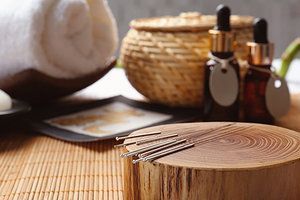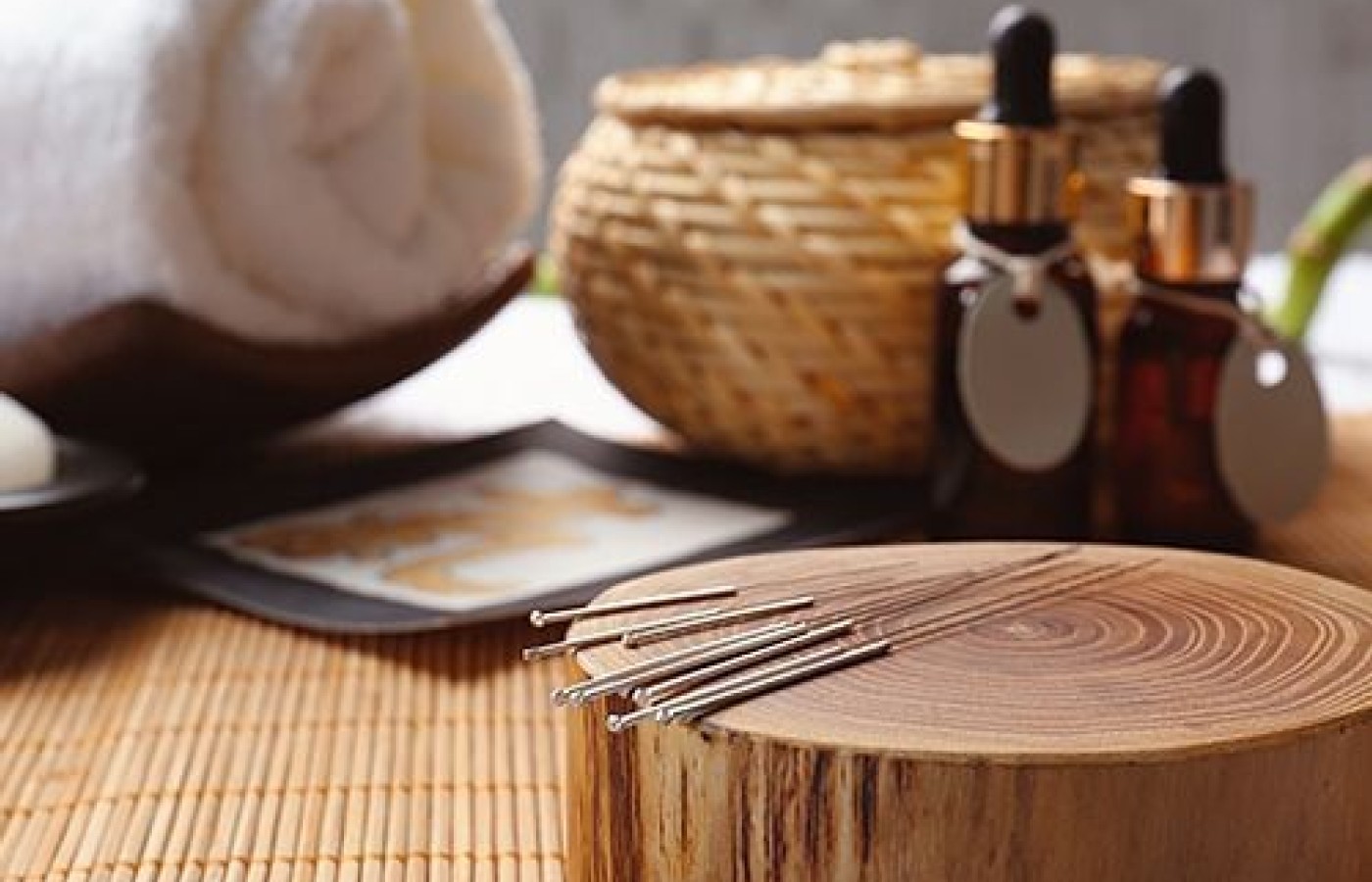Whether you accept it, avoid it or live somewhere in between, insurance coverage has become a defining issue for our profession. Patients increasingly expect to use their benefits, practitioners want to be compensated fairly for their time and expertise, and the system itself remains – at best – fragmented. The encouraging news is that coverage has expanded in meaningful ways. The challenging news is that reimbursement, across the board, remains inadequate.
The Positive "Side Effect" of Acupuncture: Immobilization Without Fear
Editor's Note: The following is excerpted from Brandon's latest book, Cancer, Stress & Mindset. It has been edited to conform with our style / publishing guidelines.
There are many modalities of bodywork that balance nervous system function, and chief among them is acupuncture. As a licensed acupuncturist I am, admittedly, a bit biased – but that stems from years of observing profound healing of stress-related conditions after sessions of acupuncture.
There are many reasons prospective patients enter an acupuncture clinic for treatment; rarely is mitigating stress the overtly stated need. Rather, patients seek resolution of common concerns such as chronic pain, menstrual irregularities, digestive problems, etc., only to be pleasantly surprised by the extent of relaxation that deepens with each successive treatment.

This effect is so marked that many patients return to receive acupuncture for "maintenance" sessions, often once or twice a month, after the reason for their initial visit has resolved. Patients report better sleep, stress resilience and increased energy. Specific acupuncture protocols can accentuate these effects, but they also occur ancillary to treatment for other conditions seemingly unrelated to stress. For instance, patients may claim all the above stress-relieving benefits with a simple protocol of a few acupoints locally stimulated for elbow pain.
Mechanism of Action
I view these responses as "side effects" of acupuncture. This is remarkable if you think about it. Westerners are accustomed to side effects being negative on account of the manifold undesirable consequences from pharmacological interventions. To claim stress resilience as a side effect seems like a panacea, but it is in fact a predictable reaction when you understand the mechanisms of acupuncture efficacy.
One such mechanism is the release of endorphins, the body's endogenous pain-relieving hormones.1-3 Acupuncture also modulates the neuroendocrine system, regulating neurotransmitters such as serotonin and norepinephrine.
As for eliciting the relaxation response, acupuncture has been found to aid in activation of the parasympathetic nervous system, as measured by positive changes in heart rate variability.4-5 Similar to brain wave entrainment, research suggests acupuncture is a potent stimulus of beta wave (alert) to alpha wave (relaxed) patterns in the brain.
Immobilization and Fear
Biochemistry and neuroscience aside, there is a lot going on within the therapeutic relationship between patient and provider, as well as within the setting where acupuncture is administered. An underappreciated aspect of acupuncture is that it allows for the experience of immobilization without fear. This is no small feat, as immobilization in the wild can be deadly, and the mammalian brain is hardwired to move (fight or flight) unless that threat is inescapable and life-threatening. In this latter case, fainting, dissociation or playing dead (freezing) represents the oldest survival mechanism and, once initiated, can have lifelong repercussions if one is unable to reclaim the feeling of being safe.
The style of acupuncture I practice involves insertion of pins in various regions of the body, mostly in the limbs. Although it is possible to move a pinned limb if absolutely necessary (discouraged, as it may hurt), a patient is instructed to lie still, relax, breathe and surrender to the experience. The relaxation response that follows can be so profound that patients who claim they could never relax in a group, such as in the group sitting room where I primarily treat patients, are snoring away in a room full of strangers.
That might not happen on their first treatment, but as the patient's nervous system learns how to relax, the depth of calm that can be achieved through a safe stillness is exceedingly restorative to the autonomic nervous system.
Moreover, the experience of receiving acupuncture is preceded by a brief conversation with a (hopefully) compassionate clinician, thus engaging the higher vagal activity of social interaction, reinforcing an environment of safety and support. This provides a unique opportunity to reclaim a healthy response to immobilization that has been previously associated with trauma.
An example of this is the often-unexpected medical trauma of claustrophobia while confined in an MRI machine. I have had patients report (without any history of fear of enclosed spaces) unbearable levels of anxiety entering an MRI machine. One of the most heartening compliments I've received from a patient came from a middle-aged woman who had such an experience and was dreading a future MRI. After several sessions of acupuncture, she reported successfully navigating a follow-up MRI by closing her eyes and imagining she was in the relaxed, immobile state of receiving acupuncture while confined in the MRI machine.
If the patient is trying acupuncture for the first time, guide them to close their eyes and focus light attention inwardly for evidence of the relaxation response. Often an audible digestive gurgling can be heard, even as the first few acupuncture pins are inserted. This is a telltale sign of the vagus nerve becoming engaged, and the parasympathetic nervous system, so heavily represented along the digestive tract, becoming dominant.
Next, breathing may become deeper, slower and more even. If they are sleep deprived, the very next thing they may recall is you waking them up to go. In the absence of a nap, many patients report entering a trance-like state marked by vivid daydreaming or waves of meditative calm.
References
- Han J-S. Acupuncture and endorphins. Neurosci Letters, 2004 May 6;361(1):258-61.
- Zhang R, et al. Mechanisms of acupuncture-electroacupuncture on persistent pain. Anesthesiol, 2014 Feb 1;120(2):482-503.
- Zhao Z-Q. Neural mechanism underlying acupuncture analgesia. Progress Neurobiol, 2008 Aug1;85(4):355-75.
- Arai Y-CP, et al. Auricular acupuncture at the "shenmen" and "point zero" points induced parasympathetic activation. Evidence-Based Compl Alt Med, 2013;2013:945063-945063.
- Cabioglu MT, et al. Effect of acupuncture stimulation of GV 20 point on electroencephalogram. Open Access Library J, 2016;3:e2653.



